Opportunity Youth: Left Out of the Creative Class
Opportunity Youth: Left Out of the Creative Class
“Opportunity youth” — ages 16–24 considered under educated and under-employed.

Over the past few years, I have seen a lot of momentum gathering around the idea of remedying systematic inequalities across the U.S.. Tech companies like Google, Facebook and Twitter have come clean with the numbers of African-American and Hispanics they employ and the numbers are not good. According to a 2015 US Equal Employment Opportunity report, less than 2% of these companies’ combined employees are black. Hispanic employment numbers are only slightly better at 4%.
As part of a grant from Living Cities, Austin city government has made a commitment to assess how their operations impact these students. The Austin STEM Ecosystem and Mozilla Foundation have recently launched efforts that can also benefit opportunity youth.
These are just a few of the efforts of which I’m aware and they are all good things. They serve as an indicator of Austin’s sincere desire to address inequality in meaningful ways and in the context of our most recent issues with #BlackLivesMatter, they are more needed than ever.

Austin is one of the most unequal cities in the U.S.. That is, despite being the fastest growing city in America, the African American population of Austin is shrinking. In fact, education, economic and health outcomes are significantly lower for both African American and Hispanic populations compared to our Anglo counterparts across the city.
So, I’m happy to see all of these efforts but there are still some key elements missing. One of those keys is the entry of opportunity youth into the creative class.
It’s About More Than STEM

The creative class, which Richard Florida describes as “a class of workers whose job is to create meaningful new forms” is the major driver of economic prosperity in Austin and throughout the world. More than just engineers and scientists, it includes “people in design, education, arts, music and entertainment, whose economic function is to create new ideas, new technology and/or creative content” (Florida, 2002, p. 8).
Opportunity youth that have aptitude or interest in STEM have a myriad of programs and opportunities being thrown at them. However, in today’s economy, only the rich have a clear path into the creative class.
The teachers of opportunity youth are under relentless pressure to deliver standardized test scores. More affluent kids get creative outlets through private lessons and social networks. Their parents are more likely to know people in the creative class. They get to meet those folks and see how the “sausage is made”.
Ultimately, they are more likely to be successful due to access rather than talent. Opportunity youth have far less margins for error. Despite evidence that shows access to the arts improves their educational outcomes (Americans for the Arts, 2012) nobody gets excited when they show that they can draw, play an instrument or make a kick ass film. This lack of engagement paired with economic strain are formidable obstacles for entering the creative class.
What the Creative Class Can Do

Stop being complicit in systematically cutting the fastest growing segments of the population out of the talent pool. Successful technology products are designed for people, not things. At some point, self-preservation should compel us to make the path into the creative class a little less rocky. If opportunity youth are underemployed and underutilized, who will buy our shit?
We need to join our STEM counterparts in supporting opportunity youth and remind our science and tech friends of the role we creatives play in their prosperity too. We should be visiting schools and opening our doors more. All creative youth need to see that they have a future.
What Non-Profits and Schools Can Do

Organizations and schools that provide creative outlets need to do more as well. My org, E4 Youth is partnering with Latinitas and Creative Action to develop a referral network. Our goal is to remove the barriers separating creative, STEM and entrepreneurship organizations serving Austin youth. By becoming more familiar with what we collectively do, we will become better stewards for creative kids. We’ll be more mindful about connecting the right kid to the right experience.
Too often, kids have an amazing “one off” experience at a camp or through an after school enrichment program. However, when that program is over, it’s difficult to find the next experience that will help them further those interests. A referral network will allow these students to more readily identify creative career paths.
Be More Mindful

We also can’t expect our industry partners to serve as babysitters. When we say, “employ a 17 year old for twenty hours a week” so that they can gain experience, industry partners don’t necessarily see that as an opportunity. Often times, it’s a burden. We must be more mindful about how we prepare and match students with shadow and internship opportunities.
As a part of E4 Youth’s summer program, we ask for just two hours of shadowing a week. The rest of the time, we curate other experiences for our students. Industry professionals coach them on resume and portfolio development as they complete work for real clients. We only place students in full internships when they are truly ready. A referral network will help us scale this approach to counterparts that offer similar experiences in the areas of STEM and entrepreneurship.
An Invitation
So, this is an invitation to leadership across the non-profit, government and private sectors. Let’s figure out a way to build a more robust pipeline into the creative class. We are just getting things started with the referral network and need your help. Share your thoughts with the hashtag #ConnectCreativeKids and follow us @e4youth @latinitas @creativeatx. We’ll have more info on the referral network soon.

